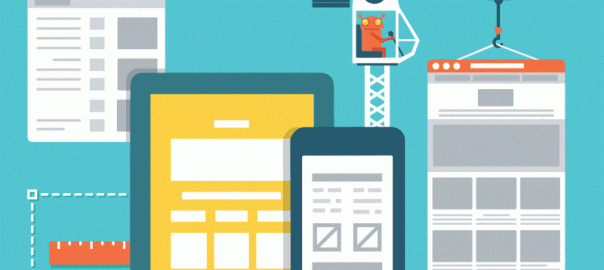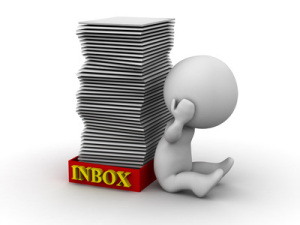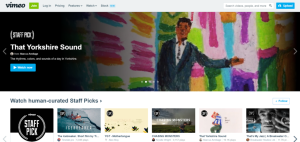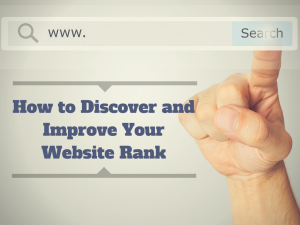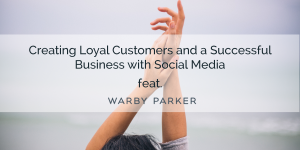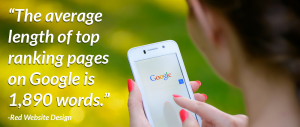Columnist Alex Lirtsman walks us through essential tasks to ensure your redesign achieves the results you’re seeking.

They say you can’t manage it if you can’t measure it. As digital marketers, we know that you can measure almost everything nowadays, so the difficulty is focusing on what’s really important.
The stakes are especially high when you’re working on a redesign of your e-commerce site. You can’t build a useful prototype without gathering the data that give you a strong understanding of the consumer who will be using the site. If your analytics aren’t set up properly and you can’t measure the current customer journey, you’ll wind up wasting countless hours in building a prototype based on a hunch.
Analytics drives questioning. It drives a head scratch. It drives hypothesis. Building better prototypes begins with following any and all leads from the data that will eventually contribute to the product’s evolution. And in most cases, a better product will result. I propose following these 6 steps the next time you need to create a conversion-focused e-commerce prototype.
Step 1: The Discovery Process Matters
Seek to understand the full customer journey. The discovery process is one of the most critical pieces in determining the challenge. Most of the time, a client or brand is trying to solve a challenge — a new entrant into the industry, users who are price comparing, decreased conversion rates, shifting landscapes.
A lot of these challenges are exposed in the discovery phase and will contribute to a prototype that solves those challenges vs. addressing things that don’t matter.
It’s critical to hold stakeholder interviews, send out customer surveys and brainstorm in an effort to better understand the current journey.
Step 2: Extract The Clutter And Focus On The Core Funnel
When thinking about a conversion prototype, we often get hung up in the miscellaneous details. You have to make sure you don’t introduce outliers.
The key is to define what the funnel looks like for the critical path to purchase for your core consumer. Then, based on their experiences and how they convert, build a prototype that isolates these use cases.
This allows your team to focus on serving this core group and ensures that conversations with your stakeholders can be focused and framed around this group as well.
Step 3: Establish Core Archetypes
You can’t cover every single audience during this process, but you do need to have core personas. However, pick just two: one that knows the brand and one that does not. For prototyping purposes, you must determine real demographic and psychographic data such as gender, age, income, location, the products they purchase, barriers to conversion, etc.
Focusing on identifying what works for your two personas, and then expand from there. Personas will help you establish core archetypes. For each archetype, look at key factors such as the content they’re consuming, the channel from which they arrive, and the amount of experience they have with the brand prior to purchase. This makes the prototyping experience far more grounded.
Step 4: Sketch, Prototype, Refine
Enlist a user experience (UX) lead to draw rough sketches of the experience. Pair the UX designer with a front-end developer to put those sketches into a clickable, responsive prototype with real products that mimics the experience against your critical personas.
By using this approach, you can map out user flows and best case scenarios to influence your prototype design. Real result sets matter. Prototyping without real products or real copy won’t work.
Only focus on the core, but make sure it’s real. Look at what makes sense and what doesn’t, what needs to move, what needs to be updated. Then start to add layers of fidelity up until the point where you can truly test the new user experience and understand the behavior.
Step 5: Test, Test & Test Some More
As you’re testing copy, wayfinding, etc., it makes sense to utilize a service like Ask Your Target Market (AYTM) or SurveyMonkey’s Audience to better understand those pieces. From there, you can use a service like UserTesting.com to hire real users to go through both the existing site and the prototype experience in a random fashion, making sure that they’re able to complete the conversion without any hiccups and provide qualitative feedback along the way.
Once you’re confident that you have the most streamlined conversion-optimized experience, run more user testing via Feedback Army. Choose 100 users to go through the new prototype and competitor sites to ensure that the user experience of the prototype is better than the competitors and the existing experience.
However, I will caution that it’s important to remove the branding and logos wherever possible during this process.
Step 6: Optimize Post Launch
Post-launch optimization is critical for a successful end product. That means A/B testing to determine any friction points during the customer journey, monitoring results, and optimizing against them.
You can pretty much test any site feature nowadays, and it’s very easy to get a test up and running with a service like Optimizely or Visual Website Optimizer. If there’s ever a disagreement, it’s easy to get consensus with post-launch testing.
When all is said and done, it may take months before your prototype is ready to go into user testing, let alone production. But the extra time spent on the front end only contributes to better conversion rates on the other.
One thing never to lose sight of during the process: the user. In the end, it’s the user — your customer — who is interacting with the site and, eventually, making the purchase. So keep your eye on the prize throughout.
Some opinions expressed in this article may be those of a guest author and not necessarily Marketing Land. Staff authors are listed here.
(Some images used under license from Shutterstock.com.)
(272)
Report Post